RIBA exhibition explores how architects have overcome Britain’s most challenging sites to create groundbreaking buildings
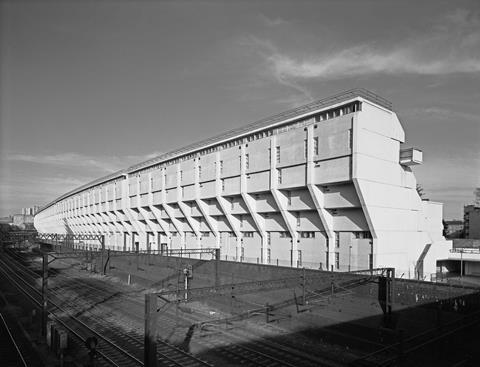
A new exhibition titled Difficult Sites: Architecture Against the Odds has been unveiled by the RIBA, showcasing some of the most challenging architectural projects undertaken in Britain.
The exhibition highlights the innovative approaches taken by architects to overcome complex and uncompromising sites, featuring works from both historic and contemporary architects, including Sir Nicholas Grimshaw, Neave Brown, Lord Norman Foster, Tonkin Liu, KnoxBhavan, and Carmody Groarke. Spanning from 1900 to the present day, the exhibition presents a diverse range of buildings, each representing a unique response to difficult site conditions.
RIBA President, Muyiwa Oki, said: “Difficult Sites: Architecture Against the Odds celebrates the pioneering spirit that lies at the heart of great architecture. These projects and their architects push the boundaries of what architecture can achieve.
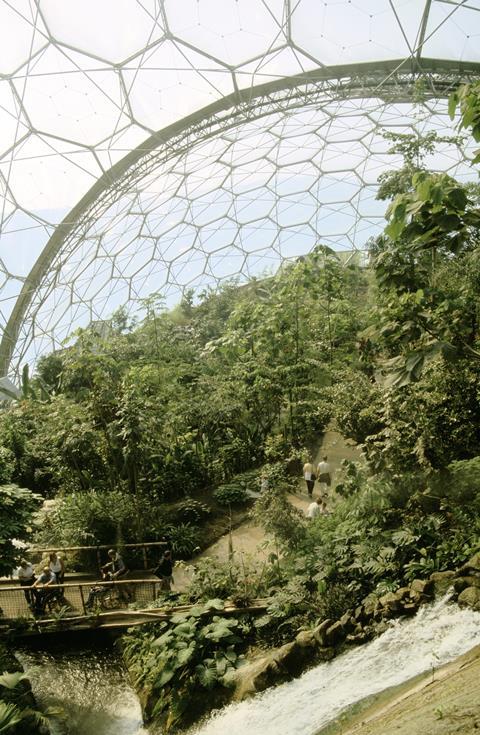
“As environments become more changeable and the needs of societies grow and evolve, navigating challenging sites will become ever more important for architects and clients. This exhibition offers fascinating and important case studies of exceptional creative vision and technical innovation, continuing RIBA’s legacy of championing architecture and its place in shaping the future.”
Organised into three thematic sections—Difficult Landscapes, Difficult Urban Spaces, and Difficult Reworkings—the exhibition provides insight into over 20 projects that used design, layout, materials, and construction processes to address specific site challenges. Visitors can explore these projects through models, drawings, photography, and plans.
Among the highlighted projects are Team 4’s Creek Vean House, a significant example of British modernism built into the steep banks of a Cornish river, and Ernest Gimson’s Stoneywell, a two-storey Arts and Crafts cottage constructed around a rock on an uneven slope. Grimshaw Architects’ Eden Project, an eco-attraction developed in a vast disused clay quarry, is also featured for its innovative use of a challenging landscape.
In urban settings, the exhibition showcases Jeremy Lever’s 28 ½ Lansdowne Crescent, a family home ingeniously built in a narrow gap measuring just 13 feet and 3 inches, and the Alexandra Road Estate, a low-rise, high-density housing scheme designed by Neave Brown and Camden Borough Architects Department in a stepped formation adjacent to the Euston railway line. Colin St John Wilson’s British Library is also included, highlighting its navigation of a site with two London Underground lines running below the surface.
The exhibition also explores significant reworkings of existing structures, such as Ptolemy Dean Architects’ Weston Tower, the first structural addition to Westminster Abbey since 1745, featuring a design inspired by the adjacent Henry VII Chapel. Witherford Watson Mann’s Astley Castle, a contemporary house built within the crumbling walls of a ruined medieval manor, is another example, alongside WilkinsonEyre’s Magna Science Adventure Centre, a cultural destination created from a repurposed industrial site.
Difficult Sites: Architecture Against the Odds will be open to the public from 11 October 2024 to 29 March 2025.
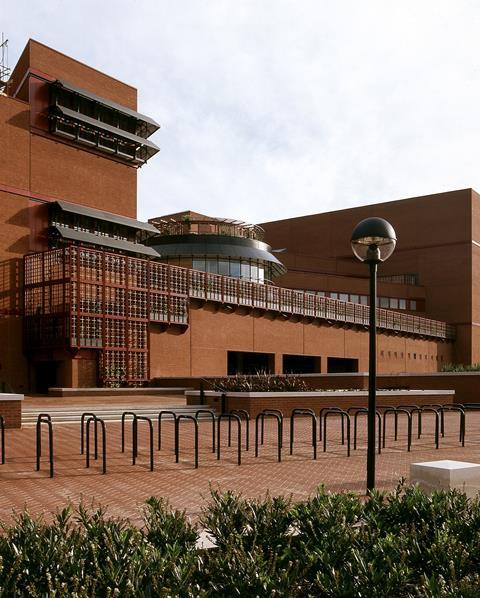



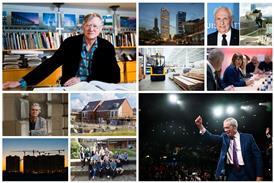
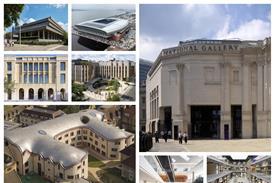











No comments yet